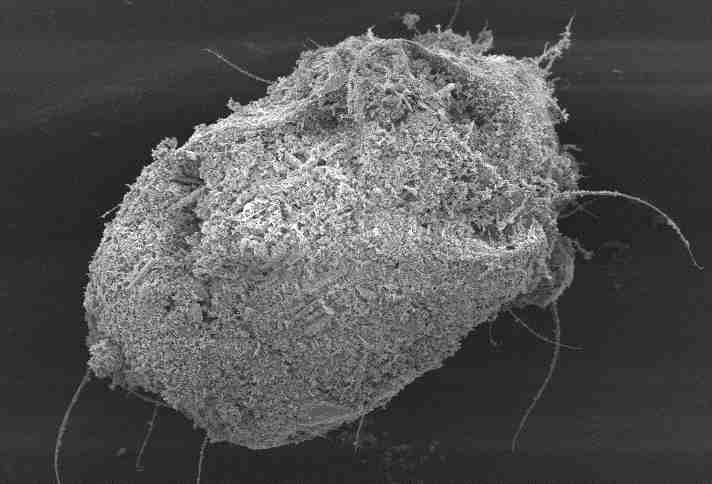
Predicting what is going to happen to wheat prices is a challenge, but in such a volatile market, some growers will want to keep their wheat in store and sell it on later in the hope of achieving a better price. Some will want to sell a proportion off the combine and store the remainder. Economists are saying that market conditions at the moment are creating an incentive for farmers to keep feed wheat in store and sell it in the next marketing season. If that is the case, any stored grain must start off with a clean, pest-free environment and now is the time to organise an effective store cleaning regime on the farm.
John Martin, Managing Director of Interfarm Ltd., says that maintaining crop quality, preventing losses and reducing grain contamination in store will mean minimal loss of premiums through claims or crop rejection. “Treating grain stores now when they are empty is a sensible and inexpensive precaution against infestation. Mites and insect pests harbour within the nooks and crannies of the store - cracks, crevices, airways, ducts, intake pits and elevators - and are able to survive on very small quantities of grain from the previous harvests. Once new parcels of grain are placed into store, pests are ready and waiting to infest them.”
Mr Martin explains that there are few grain store treatments available that have all the necessary attributes needed to preserve grain quality and value. “Some will control beetles but not mites. Some are approved in cereals but not oilseed rape. Some suffer resistance problems. If growers want a proven treatment with no resistance problems and which controls all pests and mites in cereals and oilseed rape, they can choose to use the biophysical product Silico-Sec, derived from diatomaceous earth. As a biophysical product of highly micronised specific amorphous silica (silicon dioxide), it abrades and damages cuticles of insects and mites, removing water-proofing waxes, resulting in desiccation and death of the pests. It controls any pest with an exo-skeletal and its abrading mechanism means there are no resistance issues and all pest and mites are controlled.”
“Silico-Sec is a natural alternative to OP treatments and can be used in both conventional and organic farming systems. It is approved for use under the Organic Farmers and Growers Approved Inputs Scheme,” adds John.
John Martin advises growers to adopt an integrated approach to pest and mite control so that they get maximum protection of their grain throughout the storage period. He explains that the cleaning process starts with emptying the store and cleaning it thoroughly with an industrial vacuum. “Insect traps should then be placed in stores to check the level and type of infestation. Following insect monitoring, Silico-Sec can be used up to four weeks before the stores are expected to be filled. With a specialist Venturi Applicator, it is applied as a dry dust at a rate of 10gm per square metre over the entire fabric of the store, including walls, floors, equipment, ventilation ducts, intake pits, elevators, rafters, corners and crevices.”
The main insect pests of grain are grain weevils and saw-toothed grain beetles. The grain weevil develops inside the grain making detection difficult. The larvae hollow out the grain, eating the germ, and emerge as adults. Their presence cause pockets of heat within the grain pile. Saw-toothed grain beetles develop on the outside of the grain and are very active so are more easily seen. Other important pests that affect grain quality are the cosmopolitan food mites and flour mites. They tend to feed on the grain and build up in very large numbers.
Silico-Sec contains up to 96% micronized inert silicon dioxide as a high specification food grade powder, derived from diatomaceous earth by a special process. It can be used as a store fabric treatment as well as on stored cereals and oilseed rape for the control and prevention of invertebrate pests such as mites, weevils and beetles, as part of an integrated storage management strategy. For milling wheat, growers should check with their grain merchant.
